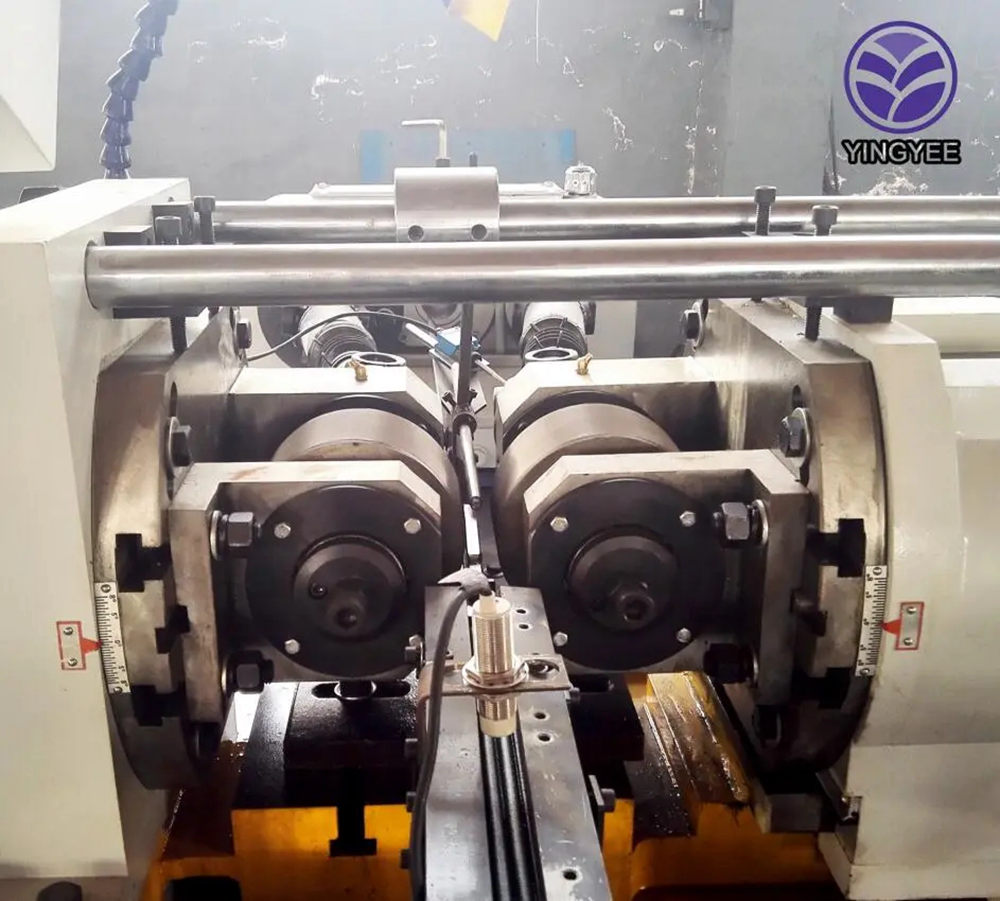
The Evolution of Simple Slitting Lines in Metal Processing
In the realm of metal processing, the simple slitting line has emerged as a vital technology, allowing manufacturers to efficiently convert large coils of metal into narrower strips. This process is essential for various industries, including automotive, construction, and electronics. The simple slitting line streamlines operations, enhances productivity, and minimizes waste, making it an attractive option for metal processing plants.
A simple slitting line typically consists of several integral components a decoiler, slitting tools, a tension system, and a recoiler. The decoiler unwinds the metal coil, allowing it to be fed smoothly into the slitting machine. This initial step is crucial as it sets the tone for the entire operation. The quality of the decoiling process can impact the subsequent slitting accuracy and efficiency.
Once the coil is unwound, the metal passes through the slitting tools. These tools are designed to cut the metal strip into narrower pieces according to the specified widths. The blades used in slitting are engineered to provide precision cuts with minimal burrs, ensuring that the final product meets the required quality standards. The placement and design of these blades are pivotal; improper alignment can lead to uneven cuts and material waste.
The tension system plays a crucial role in maintaining the integrity of the slitting process. By exerting consistent control over the tension of the metal strip, it ensures that the material remains taut, preventing wrinkles and improving cut quality. This tension management is particularly important when dealing with thin or delicate materials, where even slight variations can lead to significant defects.

After the metal has been slit, the strips are wound onto reels by the recoiler. This final step not only organizes the product but also makes it easier to transport and handle later in the manufacturing process. The recoiler must be capable of accommodating varying strip sizes and weights, which requires robust engineering and design.
As technology progresses, simple slitting lines have seen significant advancements. Automation has played a crucial role, with modern lines featuring computerized controls that optimize the slitting process, reduce human error, and increase production rates. Additionally, innovations in blade technology ensure that cutting remains efficient and cost-effective, further enhancing the appeal of slitting lines.
Moreover, the sustainability aspect of metal processing cannot be overlooked. Simple slitting lines contribute to reducing waste by maximizing yield from raw materials. Efficient slitting operations mean that less metal goes unused, aligning production practices with contemporary sustainability goals.
In conclusion, simple slitting lines serve as a cornerstone in the metal processing industry, facilitating the transition from large coils to usable strips with remarkable efficiency and precision. As manufacturers continue to seek improvements in productivity and sustainability, the role of slitting lines will undoubtedly evolve, integrating advanced technologies and methodologies. For businesses looking to optimize their metal processing capabilities, investing in a sophisticated slitting line may be the key to staying competitive in an ever-changing market.